3 Reasons to Own a Walking Foot That Have Nothing to Do with Quilting
Most quilters know what a walking foot is, and they usually own one. It’s a specialty foot that is larger than regular presser feet and it costs more, too, but it is so worth it. Quilters know that this foot is invaluable for stitching a quilt together without any shifting of the layers. But today I’d like to tell you about 3 reasons to own a walking foot that have nothing to do with quilting. The BERNINA Walking Foot #50 comes with three interchangeable soles and a right and left guide. I use the walking foot on my B 790 PLUS but it works on all BERNINA models.
First, let’s talk about how your sewing machine feeds the fabric under the needle. Typically, you place two layers of fabric under the needle on top of the feed teeth. The presser foot sits down on the fabric and when the machine starts, the feed dog moves the teeth to the back, taking the fabric with them. The teeth continue to move, returning to the front and then repeating the cycle, moving the fabric until you stop your machine. The arrows show how the feed teeth rotate from the front to the back.
All-Purpose Foot vs. Walking Foot
What happens is that the piece of fabric touching the feed teeth is being held by the presser foot and the second piece is just along for the ride. The top layer of fabric doesn’t move at the same rate and when you finish the seam, the two layers of fabric are slightly mismatched (left photo). How much depends on the type of fabric being sewn. Sometimes this is not a problem but other times, it causes issues with your finished project. Using a walking foot eliminates this problem because the walking foot acts like a second set of feed teeth for the upper layer of fabric. By pinching the two fabrics layers together, the walking foot moves them at the same speed (right photo).
It’s pretty obvious why this is important for quilting. Not only do you have two layers of fabric, there is also batting in the layers, causing it to be heavier and more prone to shifting and sliding. This can cause distorted stitches and puckering as you sew. But, if you’re not a quilter, a walking foot is still very useful. Let’s look at three other reasons you may want to own a walking foot.
Matching Plaids and Stripes
I struggled for years trying to match plaids. I tried every technique I could find (including hand basting), not knowing it was a feeding problem. This is a case where a little is a lot. Even if the fabric only shifts slightly, it is obvious, and the mismatched plaids give a homemade look to your project. Using a walking foot takes care of this problem.
Sewing Leather and Plastics
Materials that are “sticky” are hard to sew because the presser foot does not glide over the surface. The walking foot easily feeds the material under the needle. Plastics, vinyl, oilcloth, leather and similar materials are much easier to manage when use a walking foot.
Heavy Fabrics and Thick Seams
Because of their thicknesses, bulky fabrics such as heavy wool, multiple layers of terrycloth, and upholstery fabric don’t feed well. The walking foot can provide that help and make it easy to sew any weight fabric.
For more WeAllSew posts about the BERNINA Walking Foot #50, click here.
For more information on Walking Foot #50, see The Big Book of Feet at your local BERNINA store.
What you might also like
15 comments on “3 Reasons to Own a Walking Foot That Have Nothing to Do with Quilting”
-
-
You are right. Inserting a zipper with a walking foot would be a challenge. I would suggest using Non-stick Zipper Foot #54. The sole of this foot has a coating so that it easily moves across the leather. It doesn’t feed the leather in the same way as the walking foot, but it shouldn’t be a problem just for the zipper.
-
-
Thank you so much for this detailed article about a walking foot. I too agree these are the best. I have two one for older machines and one for dual feed machine. Using the wf for my ski jacket-quilting and ripstop.
-
Another great reason to use a walking but is on slippery fabrics like velvet and dance and swimwear. For years I made figure skating dresses and when I got a walking foot for quilting I discovered what a difference it made especially on stretch velvet.
-
I had a terrible time topstitching faux felled seams (3 layers) in denim until I tried it with a walking foot. Worked like a charm!
-
Thank you for this info, but I have a question. I have dual feed on my 790, do I still need a walking foot? I thought that was the whole premise behind having the dual feed.
-
Dual feed is not a replacement for Walking Foot #50 and deciding which one to use depends on the type of sewing that you do. The Walking Foot is suitable for quilting and keeps the layers together, preventing mis-aligned layers and puckering as you quilt. The Dual Feed function can successfully be used for precision stitching, matching plaids and sewing techniques that need to feed evenly as they go under the foot. The Walking Foot can also do these tasks. The Dual Feed function can be used for stitching small quilted items with light batting but is not suitable for large, heavy quilting projects.
Look for a blog post coming to WeAllSew in the near future that will give you more info on the walking foot vs. dual feed.
-
-
When do you advise using the Teflon foot for leather/vinyl/plastic and when is it better to use the walking foot for these materials?
-
All of the BERNINA non-stick feet (Zigzag Foot #52, Straight Stitch Foot #53, Zipper Foot #54, and Open Embroidery Foot #56) work for sewing on leather because the soles are coated so they easily move across the leather. These feet work for most leathers but work especially well for garment-weight leather. They are useful for general sewing tasks such as seaming and also for specific tasks such as zipper applications. Walking Foot #50 is also good for general tasks but isn’t the best choice for some techniques such as sewing zippers. The walking foot also works for all weights but may be the best option for medium to heavy weight leather because it has the power to actually help feed the multiple layers of the material without any shifting or mis-alignment.
-
-
I am not a quilter but I decided to buy one at the last sale anyway I figured I’d use it for velvet.. I am glad I did. I couldn’t get a thick, soft wool knit to sew without getting pulled into the machine. I had no success until I put my walking foot on. Worth it. I also plan to use it on silk velvet that’s in my stash.
-
I know it says that a walking foot can be used on all Berninas but before I invest in one I want to make sure. In 2018 I bought a b38 bernette which is perfect for the sewing I do, mostly piecing quilts. I hand quilt but I am terribly backed up at the moment and doing a baby quilt on the machine just might be something worth learning. So how about it–will it work?
Thanks Nancy Wilson
-
Hi, Nancy!
This foot is for Bernina and will (likely) not work on the Bernette. I’m sure Amazon has something, or you can look on the Bernette website for help 🙂
Xoxo
Jenny -
The Bernette 38 has a specific walking foot made for that machine – it is not the same as featured in this article. Contact your closest Bernina/Bernette dealer and they will be able to get you the correct walking foot.
-
-
You mentioned that this foot can be used for all Bernina machines. Does that include the older mechanical machines? (Like my 1031?) And if that is true, will my walking foot for my 1031 work for all of the other machines?
-
Probably a more accurate statement is the foot featured will work on all Berninas with the current foot set up. You need a walking foot for the old foot set up for your machine. Contact your dealer.
Leave a Reply
You must be logged in to post a comment.
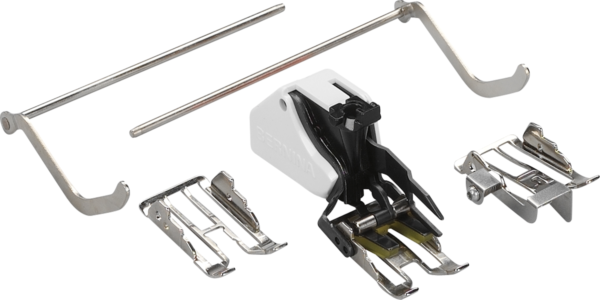
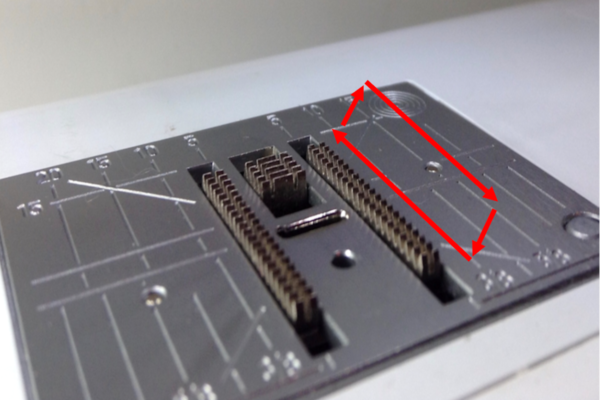
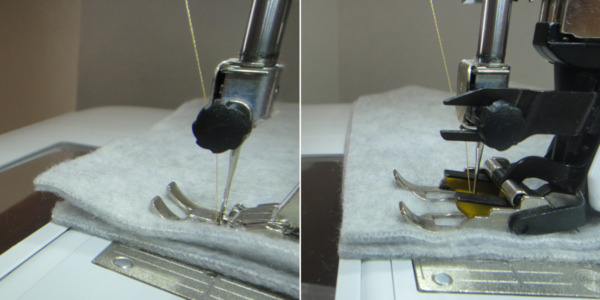
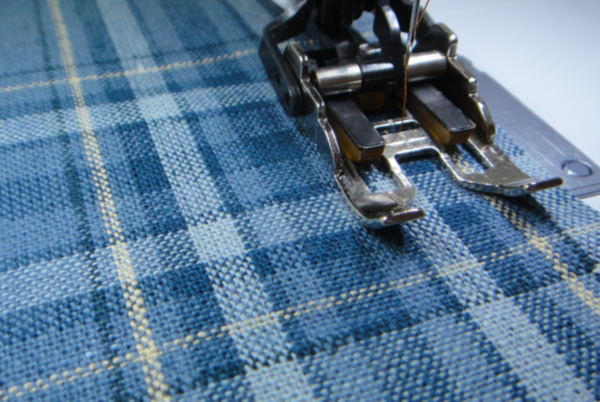
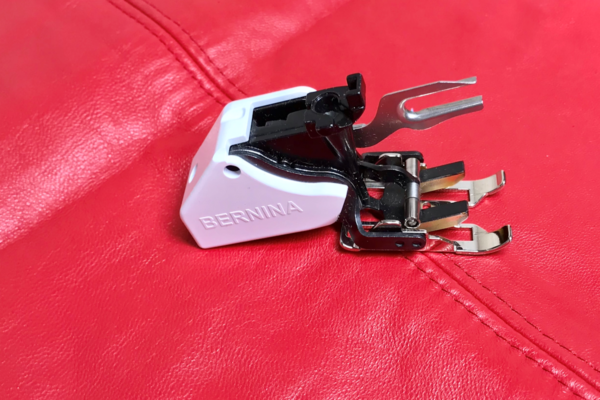
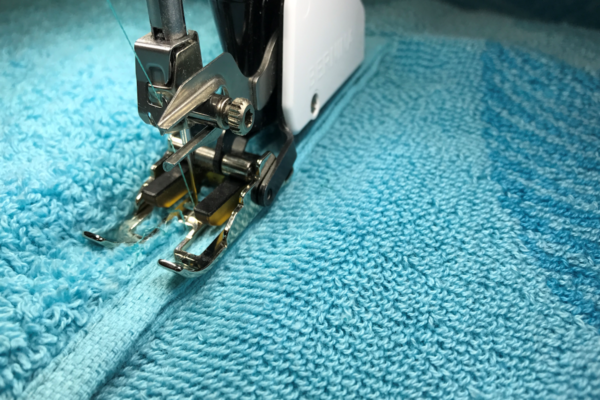
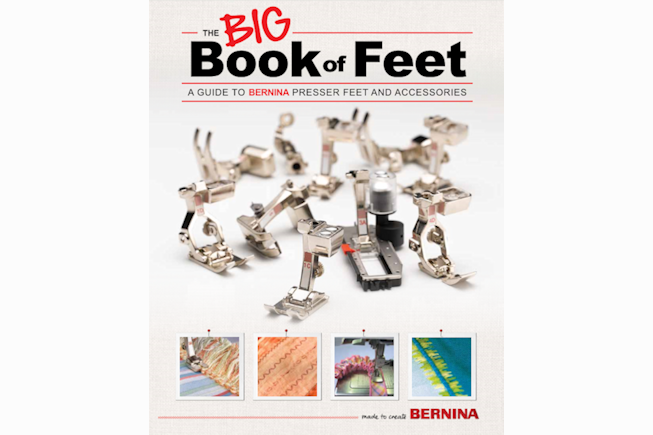
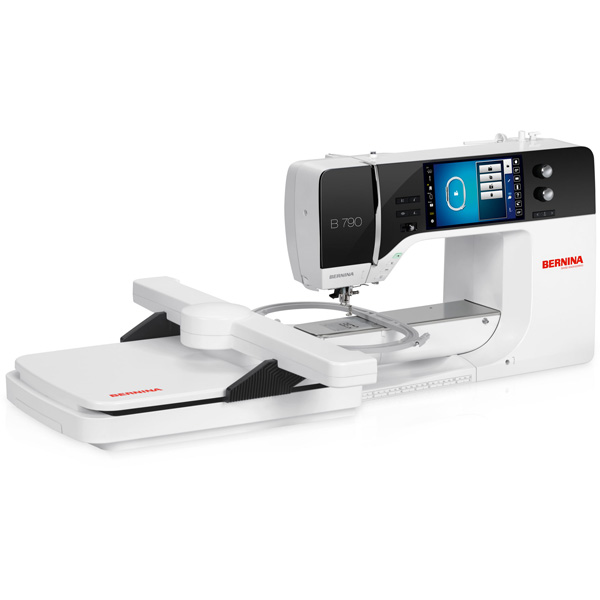
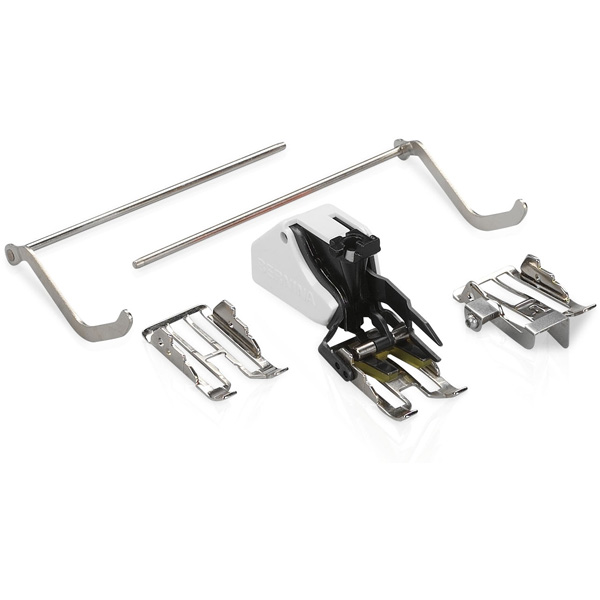
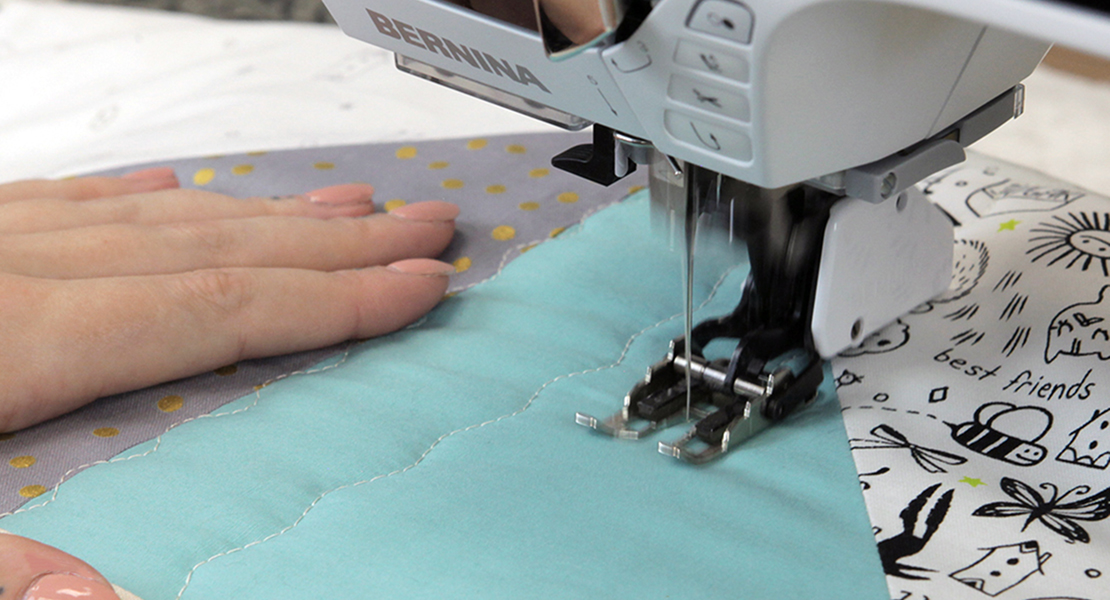
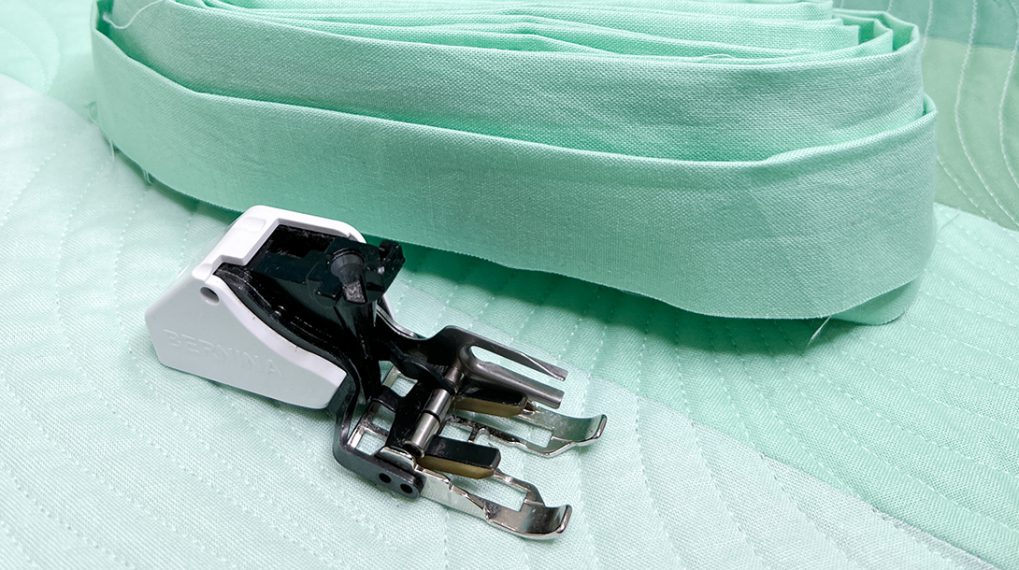
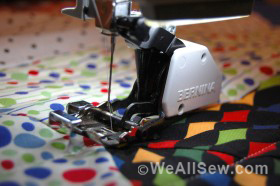
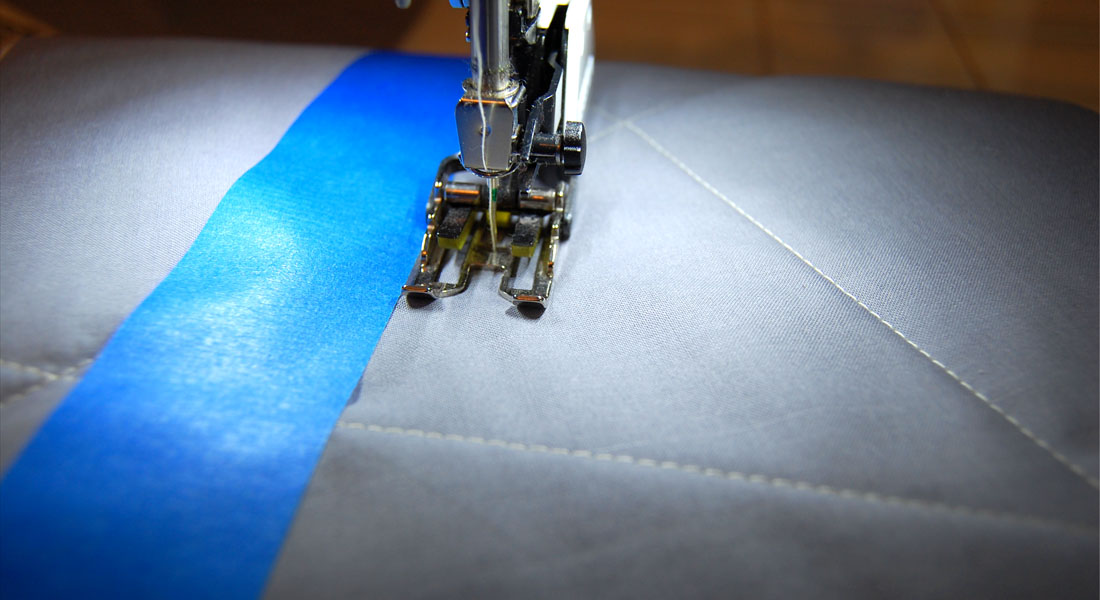

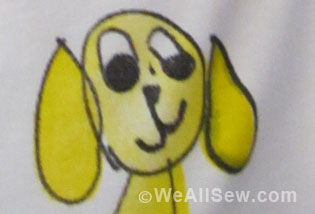

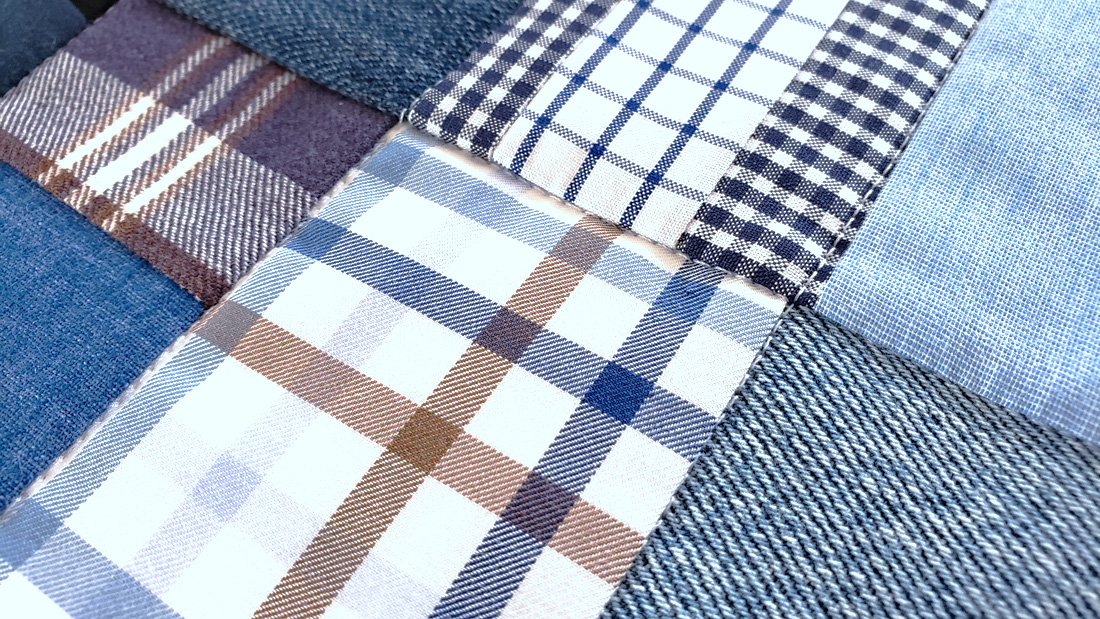
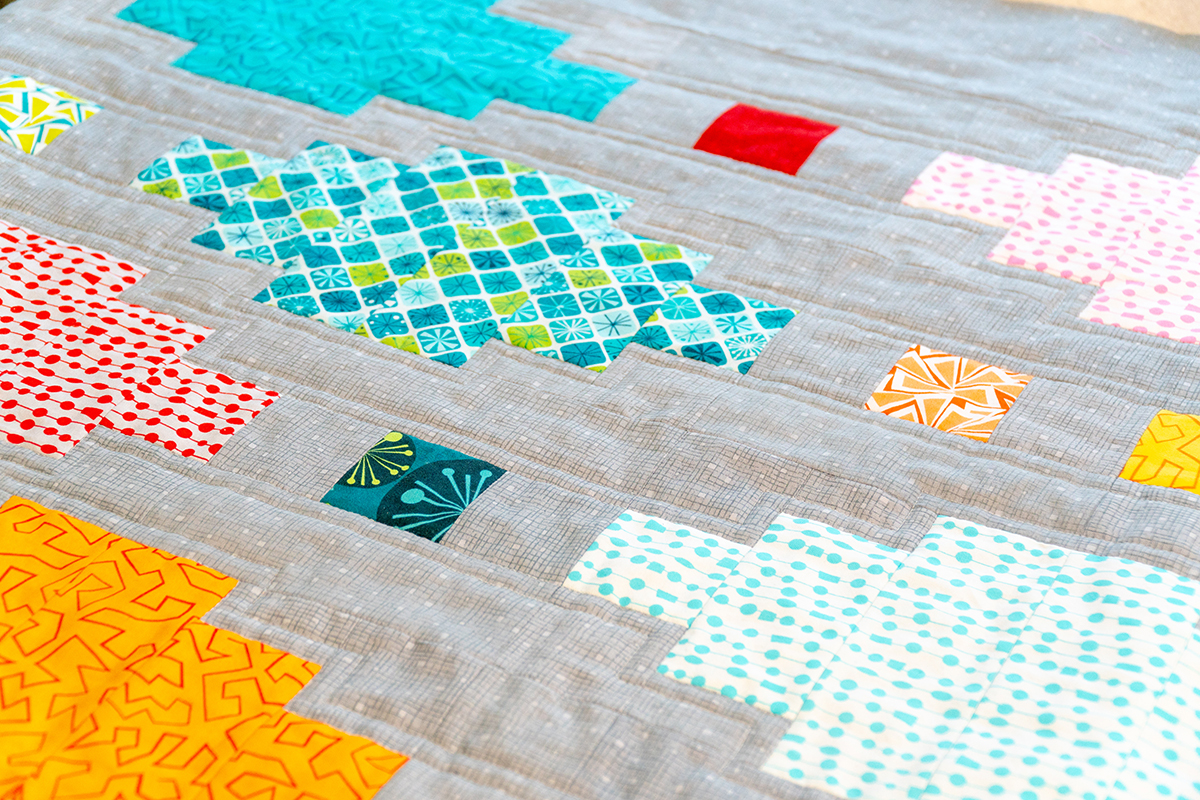
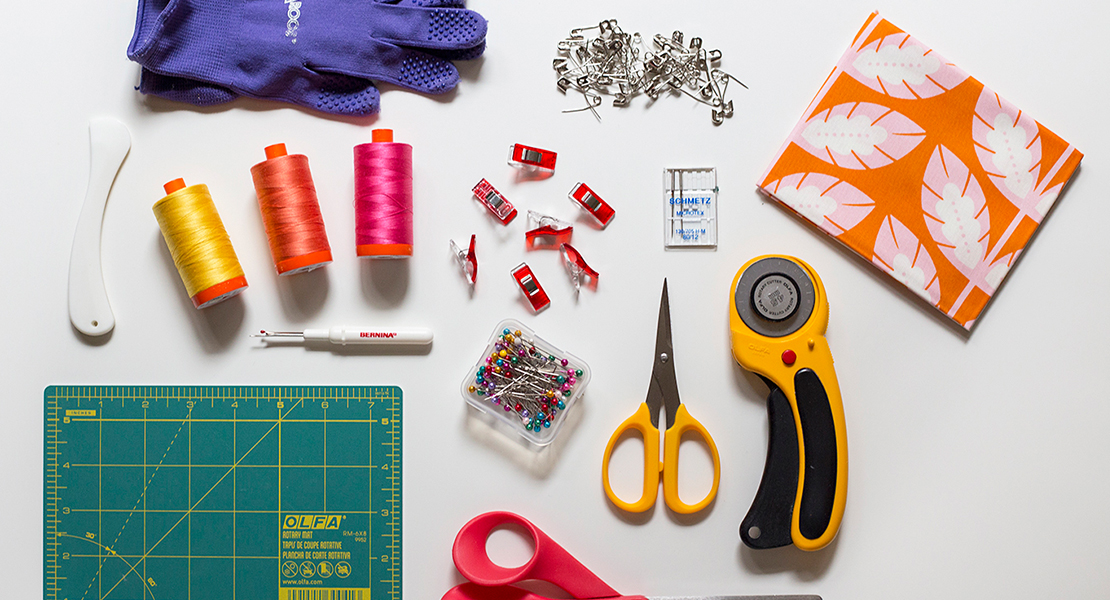
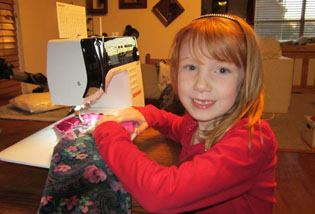
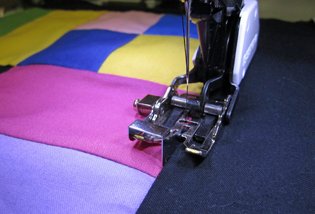
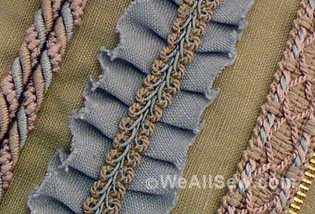
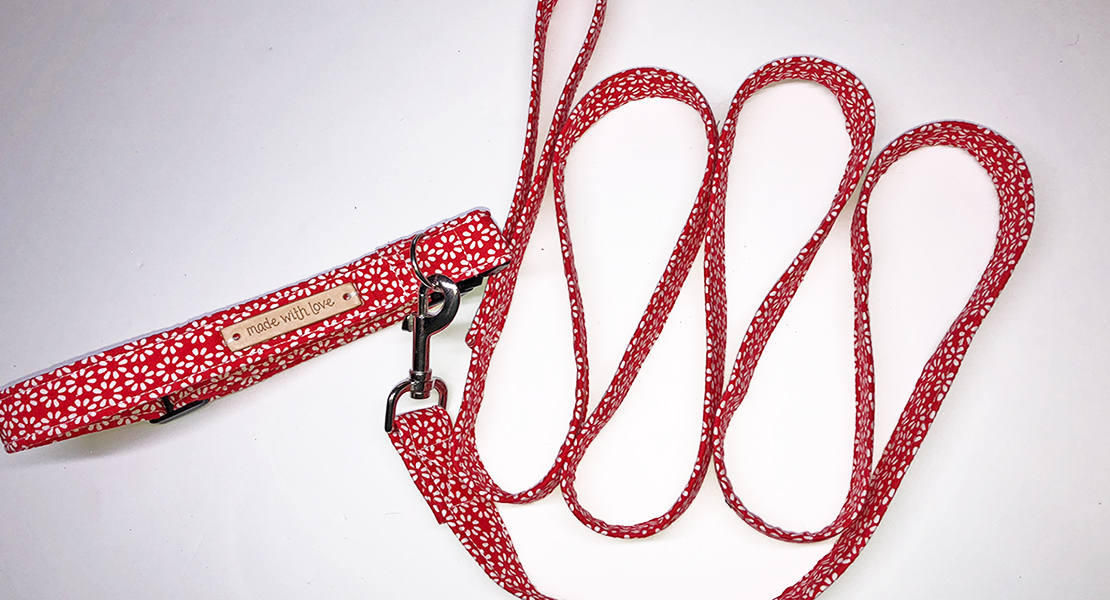
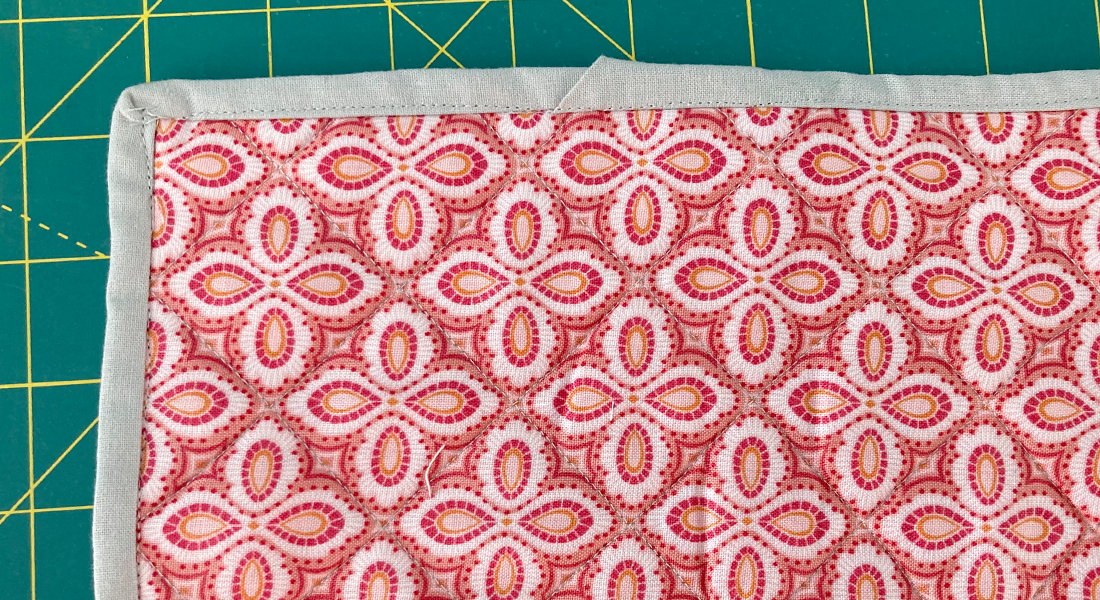
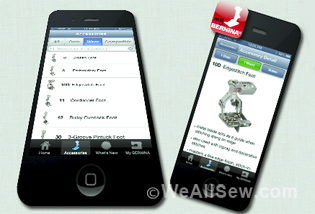
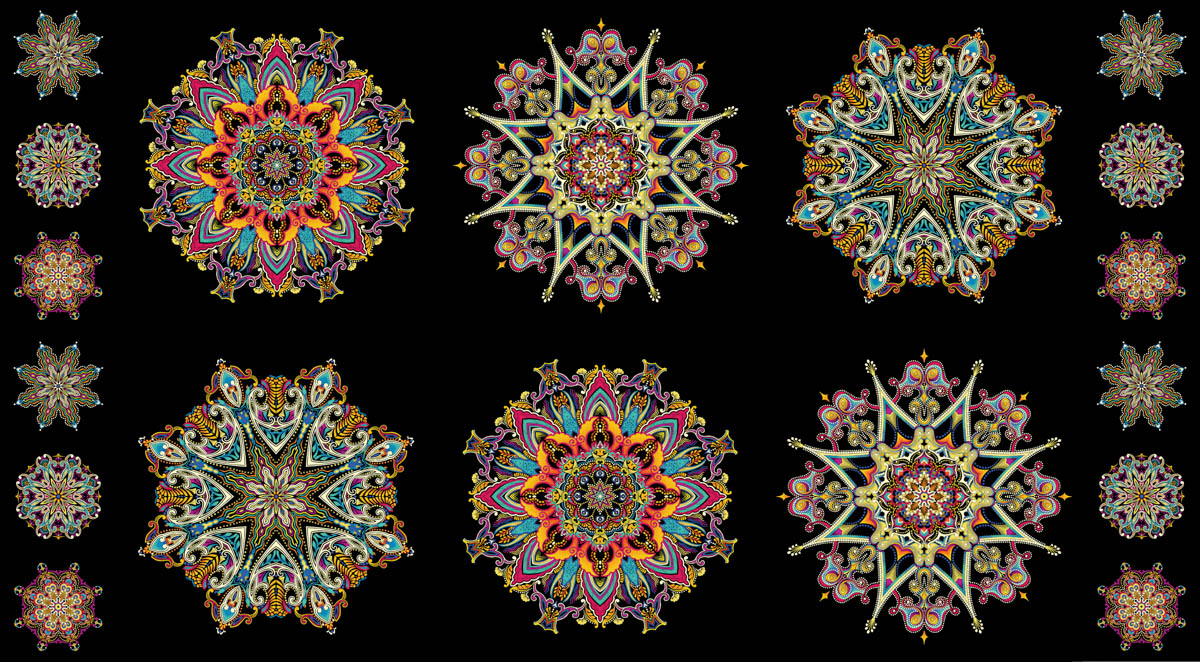
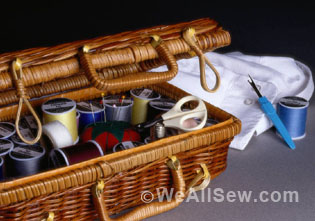
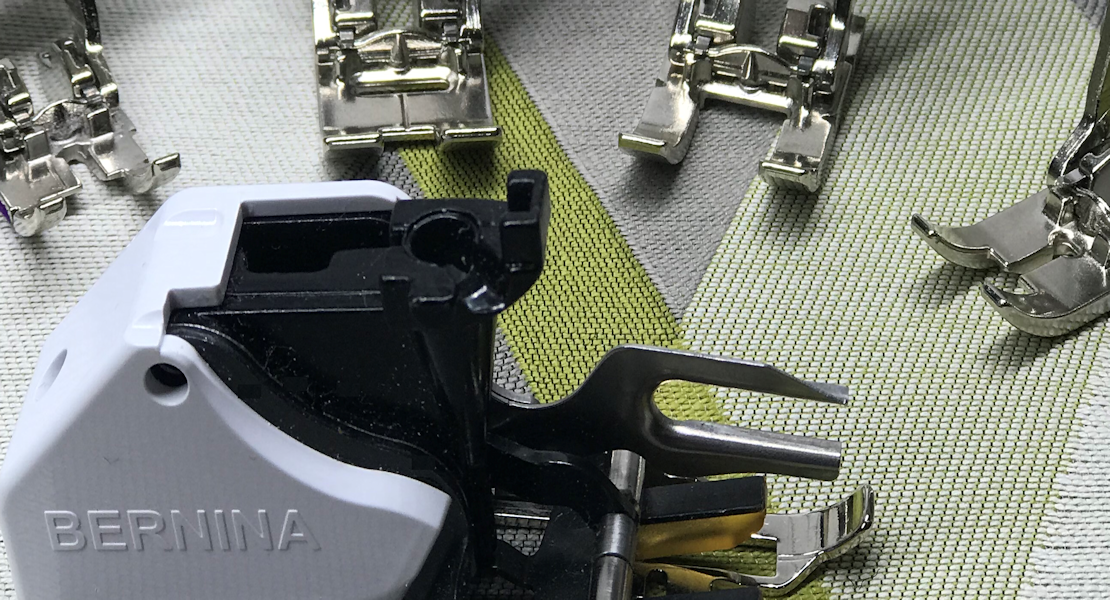
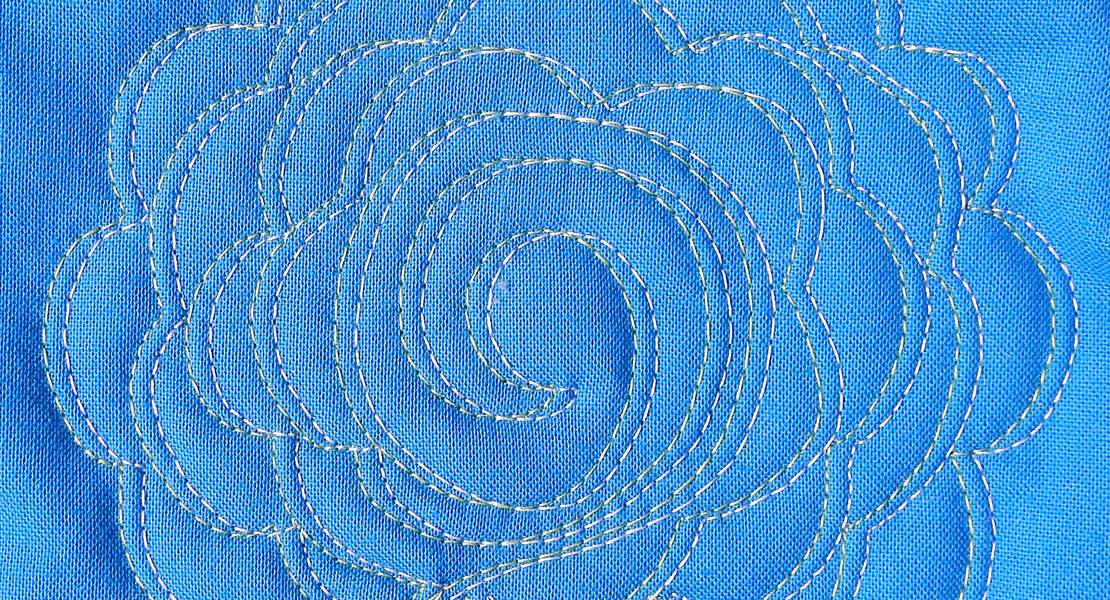
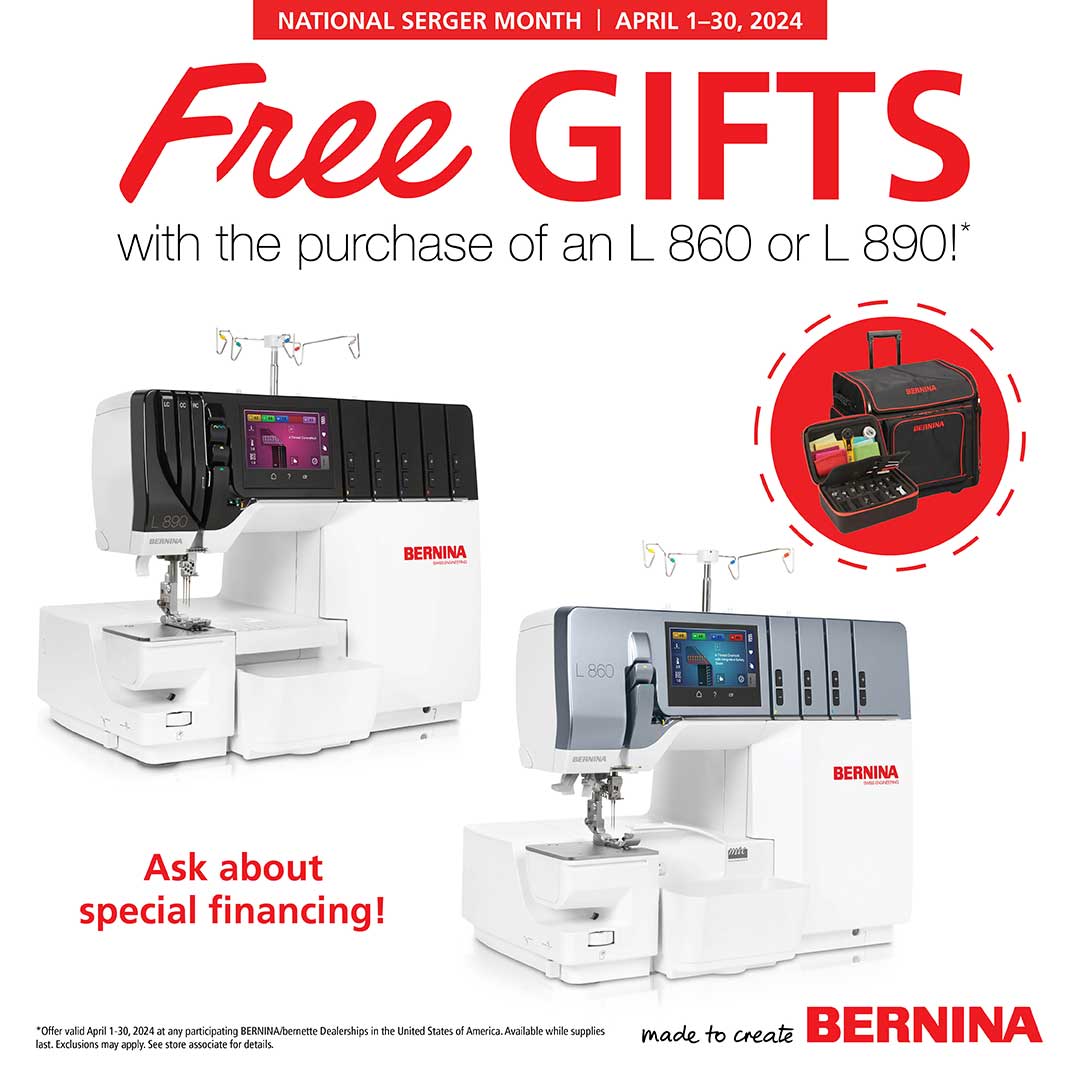
I’m happy to see your info about using a walking foot for leather being I want to make a leather tote. I would like to insert a top zipper. It might be hard with a walking foot. Any suggestions on what to use or how to maneuver it? Thank you.